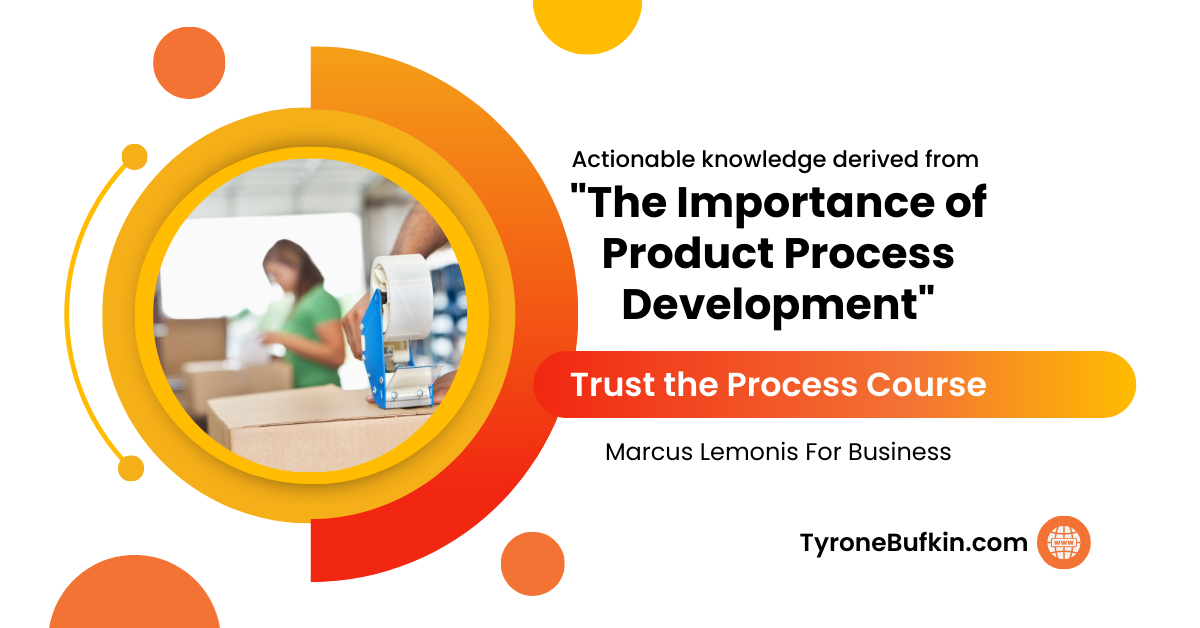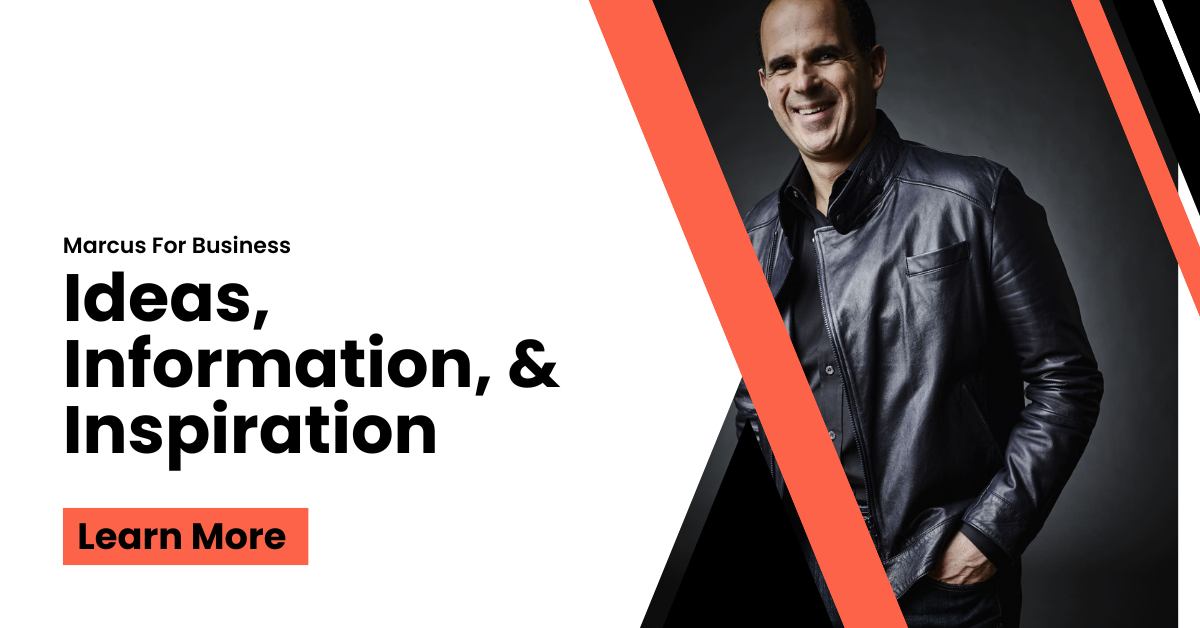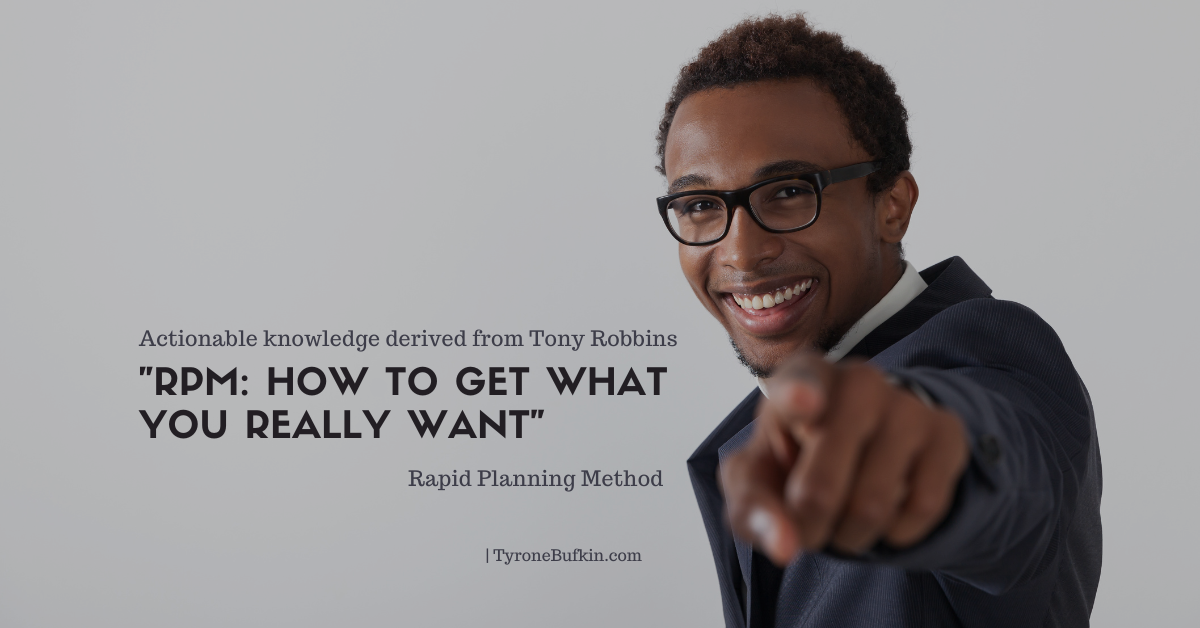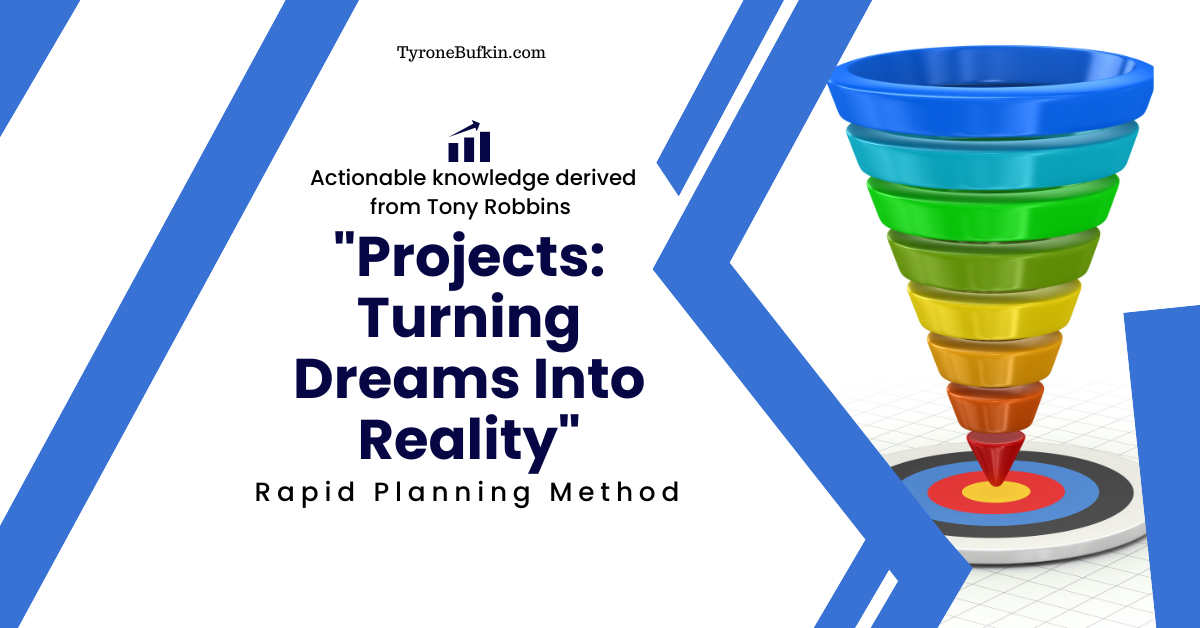THE FIDUCIARY ACTIONABLE KNOWLEDGE IN THIS POST MAY CONTAIN AFFILIATE LINKS. WE GET A COMMISSION, AT NO COST TO YOU, IF YOU DECIDE TO CLICK THROUGH CERTAIN LINKS. WE ONLY RECOMMEND PRODUCTS OR ORGANIZATIONS THAT WE BELIEVE WILL PROVIDE YOU WITH REAL RESULTS. THE INFOMATION IN THIS POST MAY HAVE BE DERIVED FROM THE SOURCES FOUND IN THE 'WORKS CITED' SECTION AT THE BOTTOM OF THE PAGE. PLEASE READ OUR DISCLOSURE PAGE FOR MORE INFO.
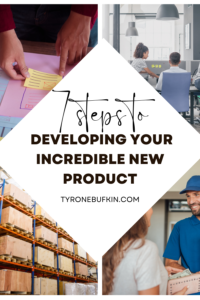 Do you have an idea but need to know how to bring it to the end user? You may have products in the market but are considering adding another. Marcus Lemonis, a billionaire investor, follows these seven steps each time he develops a product, and he is eager to share his winning strategy with you.
Do you have an idea but need to know how to bring it to the end user? You may have products in the market but are considering adding another. Marcus Lemonis, a billionaire investor, follows these seven steps each time he develops a product, and he is eager to share his winning strategy with you.
The Importance of Product Process Development
Trust the Process Course
Product development can seem like an incredibly daunting task, but it's simply the process of maximizing the success of a new product in the market. A successful product launch starts with goal setting. Creating an informed plan will relieve some of the stress of the unknown during the process, allowing you to move forward with trust and consistency and without too many costly mistakes. Collecting the correct data is critical to maximizing the success of your launch and its ongoing profitability. As you follow Marcus Lemons' seven-step process, remember that product development is sometimes tricky, even if you have products on the market already. While every product will have distinct difficulties, the following steps should give you the guidelines for a successful launch.
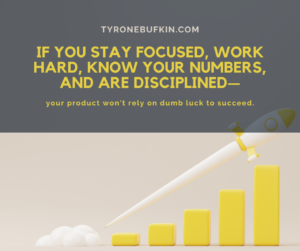 Set an operations plan. Always start with a brainstorming session with anyone involved with the product. Attempt to leave no stone unturned as you think backward from the finished product. Ensure the following steps will work on paper in the market and alongside your current product offerings.
Set an operations plan. Always start with a brainstorming session with anyone involved with the product. Attempt to leave no stone unturned as you think backward from the finished product. Ensure the following steps will work on paper in the market and alongside your current product offerings.
Create a working prototype. While you have used the data you collected to create a prototype, you need user experience feedback to know if this idea has any merit. Using feedback from your end user is not a one-and-done step; you need to make sure your end user will value the finished product, or you will spend time and money on a product no one wants and will not sell.
Once you have validated a prototype, it's best if you bootstrap the minimum viable product to keep the cost low. The goal is to present something that the market will accept with the promise that you will perfect it later with more skilled labor.
Plan to bring in third parties for individual elements. You are bootstrapping the product now but think of how the product will eventually be manufactured and delivered on a larger scale. Things big should inform your current decisions.
Build or adapt your existing supply chain. Decide how to source the best materials available for your prototype and your big-picture product. Record your second choices so you have a backup plan.
Have an intimate knowledge of your costs. Pricing is a critical component in a successful product, and it starts with managing your cost for the best materials. You need to know how much you have spent already and how much you still need to spend. From that information, you can figure out your markup for the end user. Standard retail is 50%, but because each product is unique, so is the pricing. Remember, your pricing must be reasonable enough to be accepted in the market. With the pricing in place, you can launch the minimum viable product into the market.
Figure out the scalability of your product. Take yourself out of the equation. How could this product be developed on a larger scale while maintaining the necessary foundation you built its initial success on? Refrain from being defensive of new ideas and ways to improve any part of the process from your team members or end users.
I hope these steps in product development helps you launch one successful product after another. Remember, this process is not always going to be easy but with the right plan it is possible. Even if you are the only person in your company, help is available if you reach to people who has done It before. Marcus Lemonis is a wealth of knowledge and experience that he is eager to share via his platforms.
Works Cited
Trust The Process Course "The Importance of Product Process Development" Business Learning: Marcus for Business - Ideas, Information, & Inspiration, Section Two
